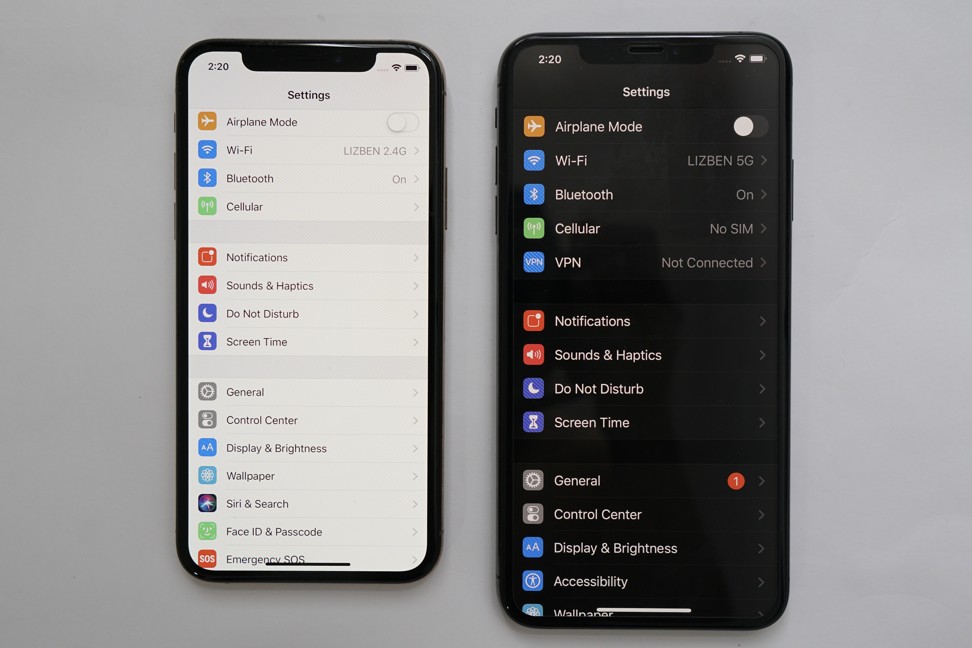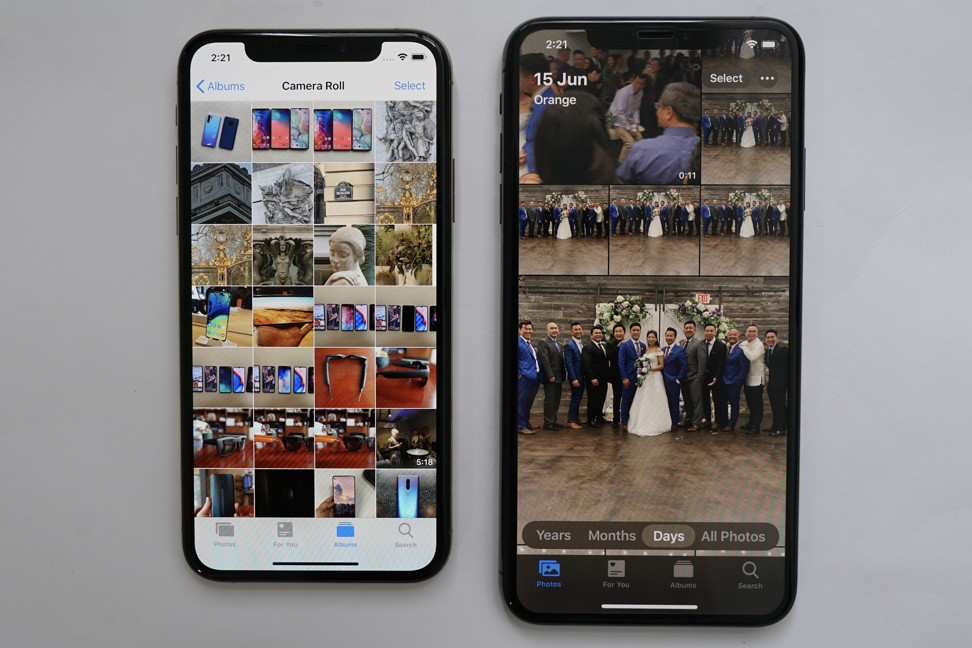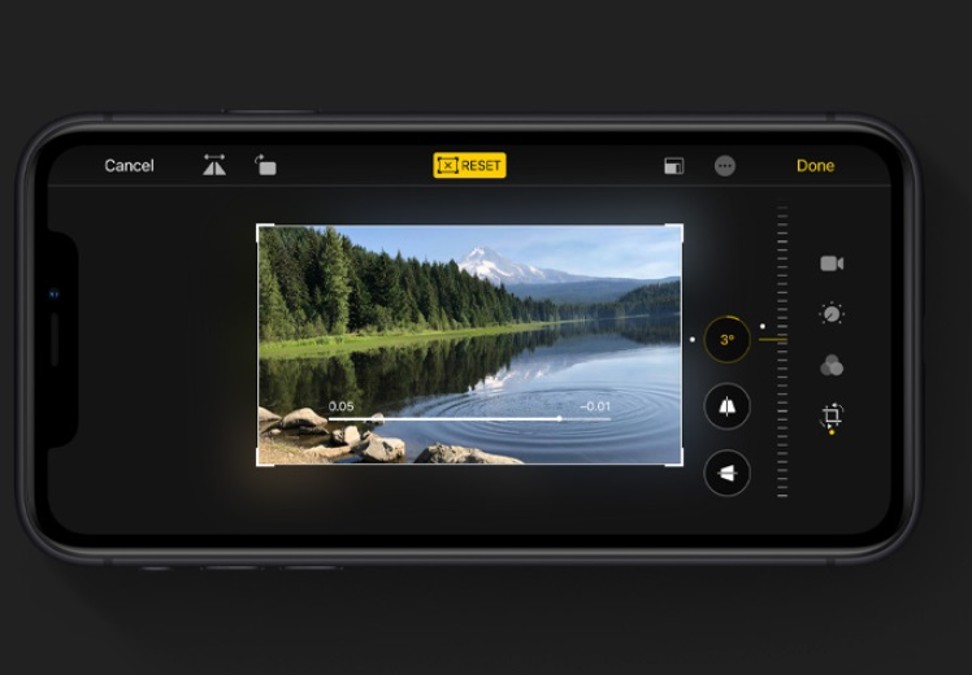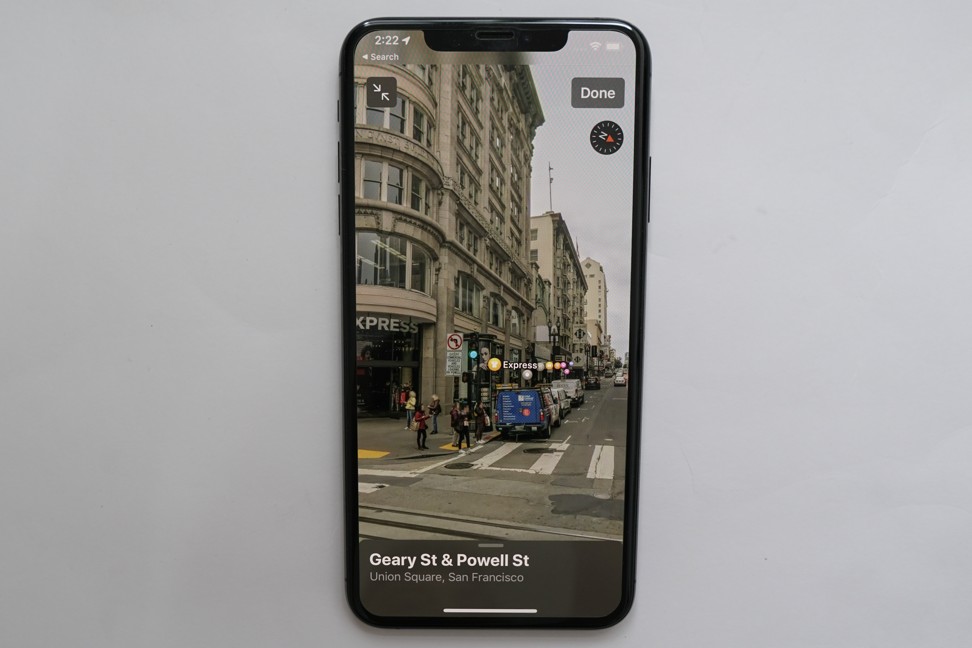
iOS 13 best new features: dark mode, swipe, maps, photos and speed – hands on
- Ben Sin has spent a day testing the new iPhone operating system and is so far impressed, with five features standing out
- Among them: dark mode looks sleeker and conserves battery; Maps now has its own version of Google’s Street View; and the photo app has been upgraded
The beta version of iOS 13, Apple’s new iPhone software that will roll out to the general public this autumn, is here.
Here, in my opinion, are the five most useful improvements iOS 13 will bring to iPhones later this year.
Dark mode
Other than giving the phone’s interface a sleeker look and easing eye strain from prolonged use, dark mode also conserves battery as the parts of the screen that are black are not actually turned on (OLED screens only need to light up parts of the panel that are using colours).

Swipe typing
Long a favourite of Android users, Apple finally brings swipe typing to the iPhone’s native keyboard.
The ability to run a finger across multiple keys without needing to lift it increases typing speed, and so far I’ve been getting great results on par with the best swipe keyboards on Android.
Dynamic photo app
Apple’s photo app has got a major overhaul in terms of visuals and user experience.
When an iPhone first updates to iOS 13 it will automatically analyse all existing photos on the device – a process that can take hours, but it’s all done in the background – and upon completion the photo gallery will be organised into dynamic grids of different sizes.
Apple says its algorithm identifies the best or most important photos of a particular day or batch and make those photos either larger, or animated (via the “Live Photos” feature).

I like this new design, and Apple’s algorithm does seem intelligent enough to make browsing through old photos a more organic experience.
For example, I took dozens of photos at a friend’s wedding recently. The photo gallery knew to highlight and animate the image of the couple as they walked up the aisle having just been pronounced man and wife, among other group shots that featured the couple in the centre of the frame.
Another big addition to the photo app is the ability to edit videos. It’s not just tweaks to basic exposure and temperature balance either – videos can now be cropped and rotated.

While there are third party apps that can do these things, Apple putting them into the native camera app makes these features more accessible to the average consumer.
Improved Maps
Ever since its disastrous launch in 2012, Apple Maps has played second fiddle to Google Maps, and rightfully so – Google’s service just has so much more data. But Apple has put in a lot of work to catch up in recent years, and in iOS 13 the Maps app gets a major upgrade.
The app loads faster and includes a lot more business information than before, but the biggest improvement is “Look Around”, which is Apple’s version of Google Street View.

Like Google, Apple has sent cars with 360-degree cameras strapped to their roofs driving around the world capturing street-level 360-degree photography.
Currently, Look Around only works in northern California (where Apple calls home) but the images of, say, San Francisco, are significantly higher resolution and more detailed than Google’s Street View.
Apple says Look Around will cover the rest of the US by the time iOS 13 is officially launched this September, and it will also cover other parts of the world including major European cities and Hong Kong (when asked about China, however, Apple reps declined to comment).
I have no doubt Look Around will work as well in all parts of the US as it does in San Francisco right now. But whether Apple can pull off mapping all of Hong Kong with its dense and narrow roads the way Google has remains to be seen.
Speed boost
Because Apple designs its software and hardware under the same roof, they are better optimised for each other in ways that almost no other Android phone can match.
This allows Apple to routinely improve hardware performance via software updates. With iOS 13, even in its current beta form, my iPhone XS is faster across the board. For example, Face ID unlocks a split second faster, and apps launch slightly quicker.

